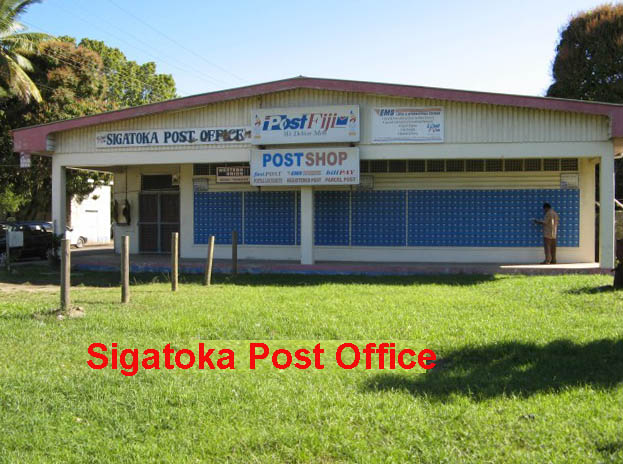About Sigatoka Town Council
Originally known as “ Tubaniwai” during the times of tribal warfare, the area was renamed NaSigatoka translated Sunny place. Now when we look back at the olden day’s history we can say it was lively, different feeling and different environment altogether. The Rivers and Mountains of the valley were magnisificant and unique in that time
Sigatoka has a long history of settlement dating to 1000 BCE, when indigenous tribal chiefs occupied the area. In the period of contact, European settlers explored Sigatoka when they made it as part of Colonial Fiji.
Today, Sigatoka thrives as a agricultural and tourism hub of Fiji
Located about 5kms from the river mouth on the bank of Sigatoka River, the Town grew from a little settlement called Lasilasi. Today as you drive across the Melrose Bridge you can still see some of the original buildings that was built way back.
In the early 1900s the CRS (Colonial Sugar Refinery) extended cane farming from their Lautoka Sugar Mill to Sigatoka District. No road existed that time. The purpose built the railway which provided the transportation at that time. The railway that joined Nadi to Cuvu took 4 years to build (from 1910 – 1914) and followed the beautiful coastline. The “Free Train” from Kavanagasau to Ba.
The development of Sigatoka Town is due in part to the opening of Fiji’s oldest supermarket – Morris Hedstrom. The store was erected to provide service to local sugar cane farming settlers and government officials with supplies by boat from Suva to the Sigatoka River Jetty – which is still there today.
An 810ft timber decked railroad bridge over the Sigatoka river was opened in 1913. It linked the cane farming area along the east bank with the community on the western bank. Over the years the bridge got damaged few times due to severe flooding in the Sigatoka river caused by numerous hurricanes and heavy rain. The old bridge is now beyond repair, is a visible landmark of our heritage.



Today (pronounced as Singatoka) is a town in Fiji. It is found on the island of Viti Levu and is situated at the mouth of the Sigatoka River, after which it is named, some 61 kilometres from Nadi. In Fiji’s last census (2017) the population of Sigatoka was at 17,622.[1] Sigatoka is the principal urban centre for the province of Nadroga-Navosa.
An ornate temple, open to public and built by Hare Krishna devotees, dominates the Sigatoka skyline. Major tourist attractions include the Sigatoka Sand Dunes near Kulukulu village two kilometres north-west of Sigatoka, and the Kula Eco Park, which houses some 500 birds of 100 species from many tropical countries. The town is also the principal centre for Fiji’s coastal tourism belt – the Coral Coast – which hosts many of the country’s leading hotels and resorts.
Today’s Township of Sigatoka is government by Sigatoka Town Council under Ministry of Local Government. Sigatoka was declared a Town by Government proclamation on 1st June 1936. With access up the valley on the western side and with its rich alluvial soils the Government set up an Agricultural station at Nacocolevu to develop vegetable farming and proudly called “Salad bowl of Fiji”.


